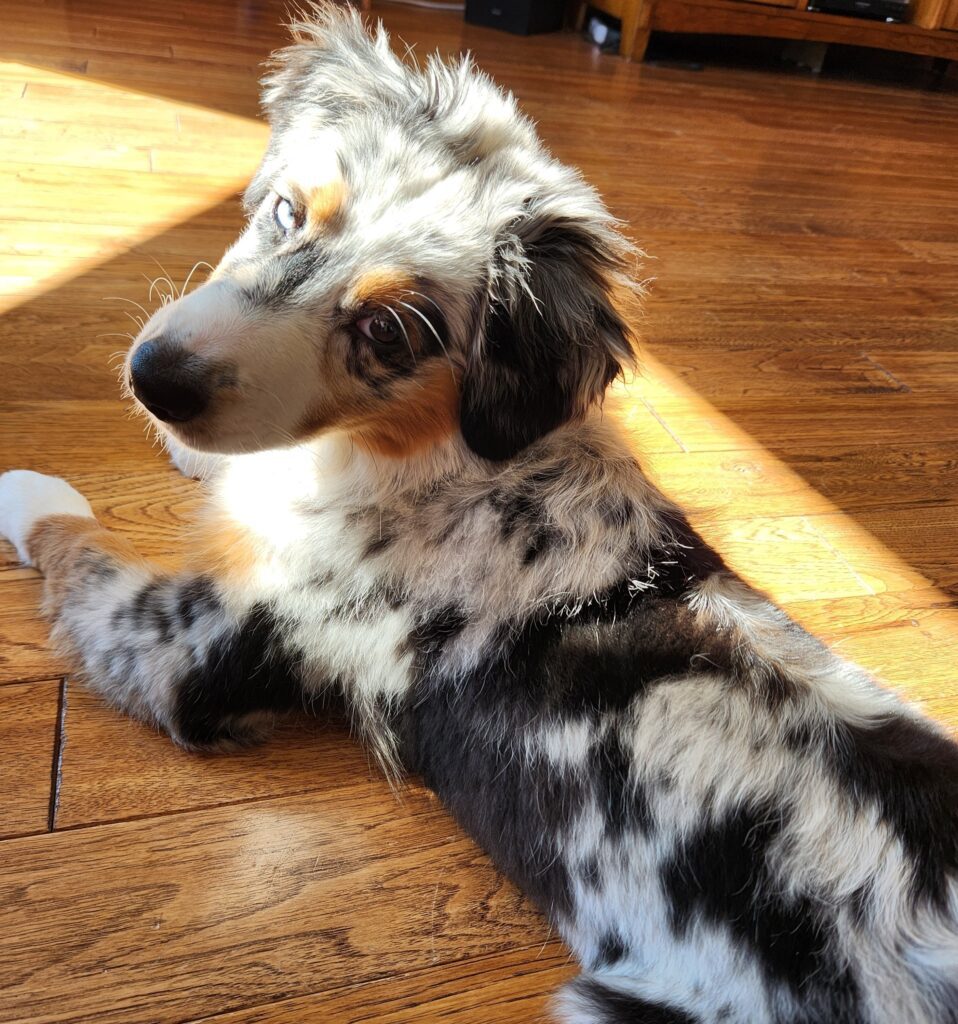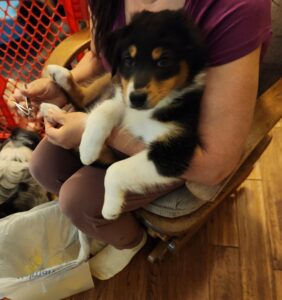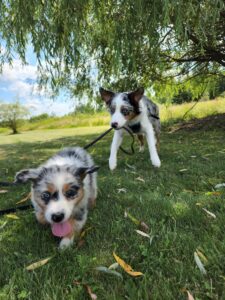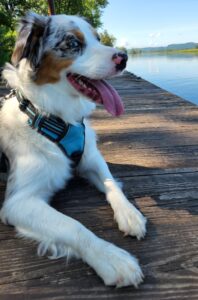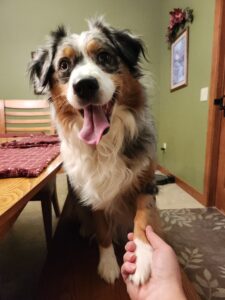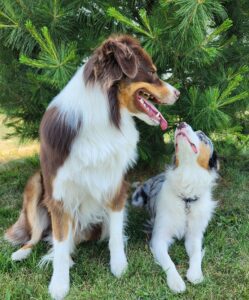A Quirky Resting Position
Splooting, also known as ‘frogging,’ is a charming and amusing resting position often adopted by dogs. This unique posture involves stretching out the hind legs behind them while lying down with their belly on the ground. While it may seem comical, splooting serves a practical purpose for our canine companions.
Comfort and Stretching
Dogs sploot to find comfort and enjoy a good stretch that aligns their spine and relieves tension or pressure on their lower back and hips. This position requires flexibility in the hip joints and muscles of the hind legs, providing dogs with a sense of relaxation and well-being.
Cooling Mechanism
Beyond comfort, splooting also aids in cooling by increasing contact between a dog’s stomach and the cooler ground, facilitating heat dissipation. This cooling effect is particularly beneficial for breeds with shorter legs, as they can easily assume this yoga-like pose.
Prevalence in Puppies and Kittens
Splooting is commonly observed in puppies and kittens due to their more flexible joints. The playful and exploratory nature of young animals allows them to effortlessly sploot as they stretch and move around.
Monitoring Your Pet
While splooting is generally harmless, it’s essential to monitor your pet for any unusual behaviors. If splooting is accompanied by symptoms like limping, reduced activity, or loss of appetite, it could indicate underlying joint issues, such as hip dysplasia, especially in older dogs. In such cases, prompt veterinary attention is recommended for proper evaluation and care.
The Origin of “Splooting”
The informal term “splooting” has been used to describe various animals, including squirrels and zoo animals. Its origin is believed to be linked to the word “splat.” The term gained popularity, particularly concerning Corgis, and has been documented as early as 2012.

